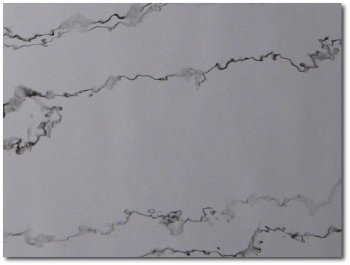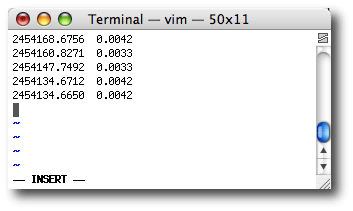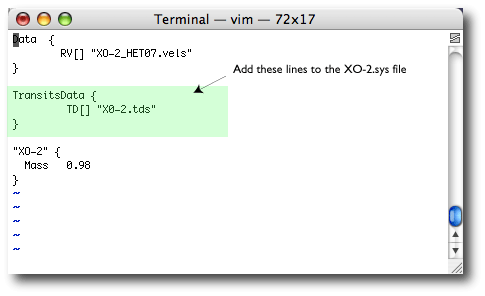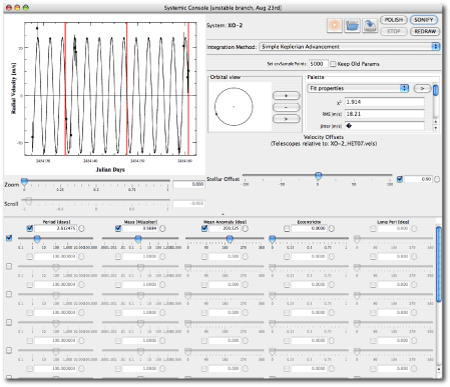
Image Source.
One reason why extrasolar planets are so exciting is because they are accessible. You don’t need a Ph.D. or a large laboratory or a space-borne telescope to make an important discovery. There are very few areas in science where such a wide pool of workers can contribute in a fully meaningful way.
On the systemic backend, the focus is largely on planet characterization through the analysis of radial velocity data. At Transitsearch.org, the goal is to provide the information that will allow small telescope observers to discover transiting planets. Transitsearch, however, is mainly a repository for transit predictions. We maintain information about when and where to look, but we fall short when it comes to explaining how to obtain high-precision photometry. There has long been a need for a good end-to-end manual on the art and science of photometric transit detection.
Bruce Gary is an experienced observer of transiting extrasolar planets, and is a member of the XO network, which has had made several discoveries over the past year and a half (see e.g. here). Bruce has written a book, Exoplanet Observing for Amateurs which he’s made available for free in .pdf form.
Bruce has also launched the Amateur Exoplanet Archive (AXA), which is a repository for light curves obtained for known transiting planets. If you get a photometric transit time series of one of the planets, then make sure that you submit it to Bruce’s archive. With all the data in one place, everyone will have easy access for analysis projects.
Transit midpoint times can be measured from individual light curves, and a sequence of midpoint times can be used to improve the characterization of a particular planetary system. To this end, Stefano has extend the .sys file format used by the systemic console to include “transits” data files (which take a .tds suffix, and which are separate from the .vels files that the console has used all along). If you have transit data, it’s simple to implement one of these files for yourself.
To see how it works, consider the recently discovered transiting planet XO-2. The published radial velocity data for this planet is already bundled with the console. On the AXA site, a total of five transits have already been archived for XO-2. Each of these transits has a measured Heliocentric Julian Date (HJD) for the time of transit midpoint, along with an associated uncertainty. I copied these data into a newly created “X0-2.tds” file in my console’s datafiles folder:

I then added the following lines to the .sys file for the XO-2 system:

Having done that, I launched the latest (“unstable” Aug. 21, 2007 version) of the systemic console. Stefano has been steadily improving the console’s algorithms, user interface, and performance. If you’ve been working with the standard stable downloadable console, you’ll immediately notice that there’s a lot of new functionality. We’ll be getting a manual out as soon as the much-anticipated Systemic Jr write-up is completed, but in the meantime, there’s a wide variety of resources on the backend that can help you navigate the latest console features.

With the .tds file linked in, the observed transit midpoint times appear as vertical red lines in the radial velocity timeline window. If the “fit transits” option is unchecked, then the console considers only the radial velocity data. If the “fit transits” option is checked, however, then the observed transit times are included as data to be fit. The uncertainties in the transit midpoints can be very small, and so this provides a very strong constraint on the period of the orbit and the time at which the planet crosses the plane containing the line of sight to the Earth. Note that the transit fitting can be done in a fully self-consistent N-body fashion if integration is enabled.

Try it for yourself!
As more transit data is accumulated, it will become possible to do some increasingly sophisticated analyses. Transit timing is potentially a very powerful method for detecting additional, as-yet unseen perturbing bodies in a given system. Objects like Gl 436 b are especially good candidates for this type of approach, and quite a bit of photometric data is being accumulated during the Gl 436 transits.

Pingback: systemic - planet per week
Pingback: systemic - CoRoT-exo-2 c?